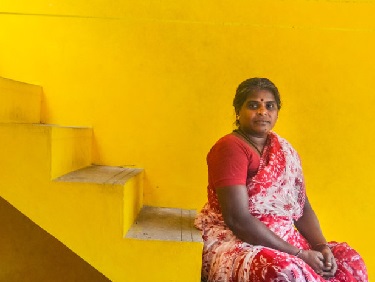Reports
Hand in Hand produces regular reports – in-house and across the network – to measure and monitor progress. We also fund independent, third-party reviews of our programmes.
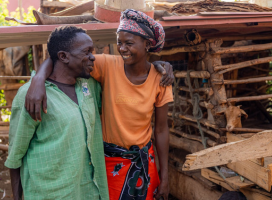
Measuring the impact of male engagement on women's economic empowerment | The International Center for Research on Women (ICRW)
The study, conducted by The International Center for Research on Women (ICRW), found evidence that male engagement positively impacted men’s and women’s attitudes toward gender roles and rights.

Kenya Micro-Enterprise Success Programme endline report by 60DB
Members saw an average income uplift of USD $156 per month
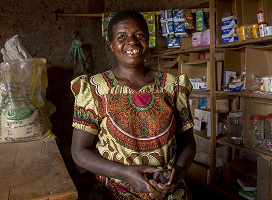
Survey of our members in Kenya by 60 Decibels
“In total, 95 percent of members said their life had improved.”
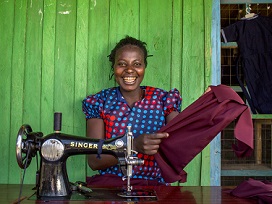
Review of our work in Kenya conducted by Brooklyn Economic Consulting
The project played a “critical role…in creating rural opportunities for youth and women.”
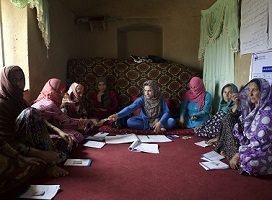
Review of our work in Afghanistan commissioned by the UK government
“99.4% of beneficiaries saw an increase in their annual gross household income as a result of being involved in this project.”
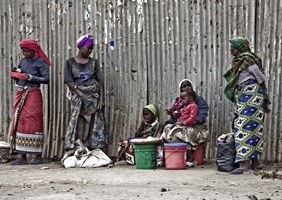
Tanzania baseline summary by Ipsos
“The programme should prioritise support towards diversification of income-generating activities and sustainable businesses throughout the year. This can be achieved through Hand in Hand’s entrepreneurship training.”
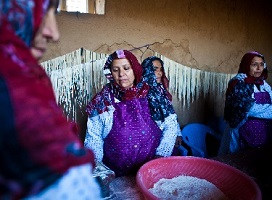
Review of our work in Afghanistan commissioned by the EU
“Women and men generally indicated that the project was extremely useful to improving women’s socioeconomic situation by enabling them to not only learn new skills but also contribute to their family’s household income in meaningful and noticeable ways.”
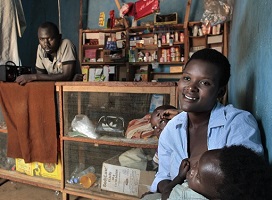
Evaluation of our work in Rwanda by Swedish Development Advisers
“The Hand in Hand training led to 10,385 additional full-time jobs and 105,150 part-time jobs.”
“[Project Group] businesses had, on average, 75 percent higher profit than those of the Comparison Group.”
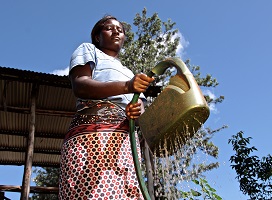
Evaluation of our work in Kenya funded by the Government of Sweden
“Hand in Hand Eastern Africa is now being recognised as a centre of excellence in training and transformation of Self-Help Groups and in ensuring groups adhere to strict business requirements like repayment of loans.”
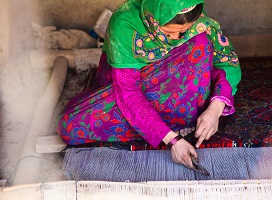
Evaluation of our work in Afghanistan commissioned by the EU
“Income has increased, in some cases manifolds, and this has increased their prestige both at household and community levels… This was unimaginable prior to this project (reported by beneficiaries. both male and female, provincial government representatives, and VEFs, most of them from the same or neighbourhood villages).”
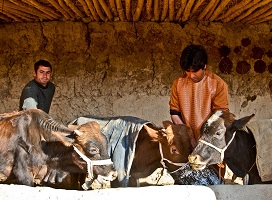
Report on our work in Afghanistan by the Afghan Innovative Consulting Bureau
“The project is progressing very well… despite certain challenges in the field.”
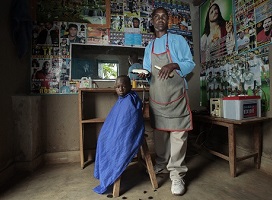
Report on our work in Rwanda by DRIS, Bureau d'études et de conseil
“The analysis of results show that the most VSLG members were able to hire at least one person and that they are paying their employees in money (98.6%). In the Baseline Study, only 11% of VSLG members reported having hired an employee in the last 12 months.”
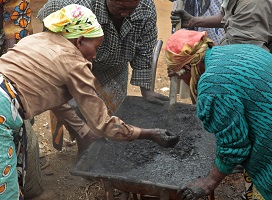
Report on our work in Kenya commissioned by the Government of Sweden
“The impact achieved with overall funding of approximately US $2 million certainly compares favourably with multi-million dollar injections of capital that some funders have provided to microfinance institutions.”
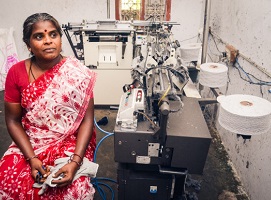
Impact report on our work in India by microcredit ratings agency M-CRIL
“A significant development in the respondents’ contribution to family income and overall increase in confidence was observed.”

Survey of our work in India by microcredit ratings agency M-CRIL
“Jobs supported by Hand in Hand India are long-lasting: more than 97% are sustained three years on from Hand in Hand’s initial support.”
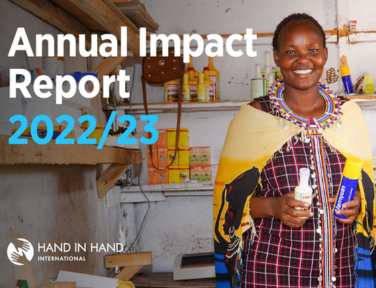
Annual Report 2022-2023
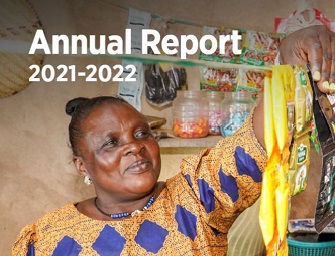
Annual Report 2021-2022
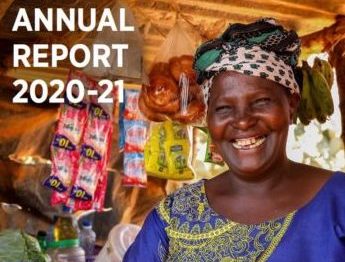
Annual Report 2020-2021
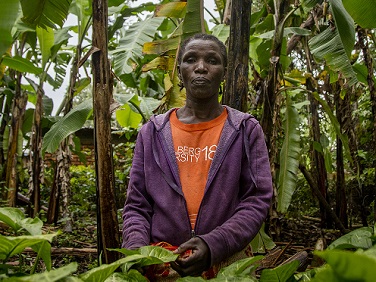
Our Goals by 2026
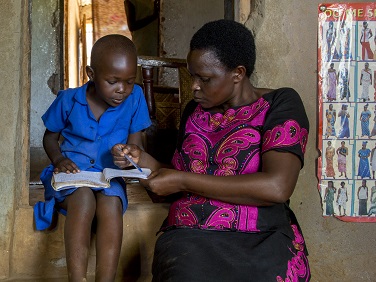
Annual Report 2019-2020
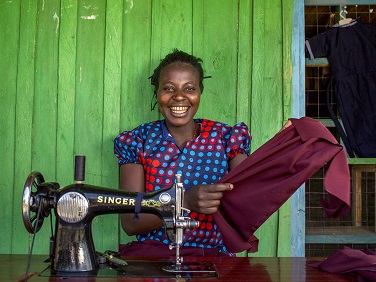
Annual Report 2018-2019
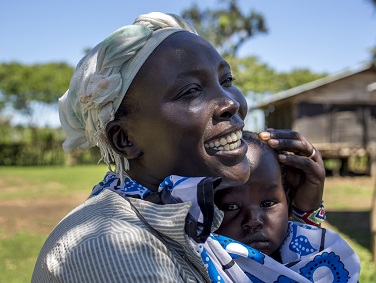
Annual Report 2017-2018
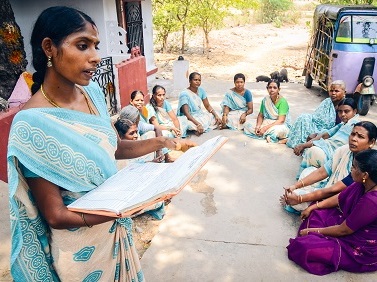
Strategic Plan: 2017-2021
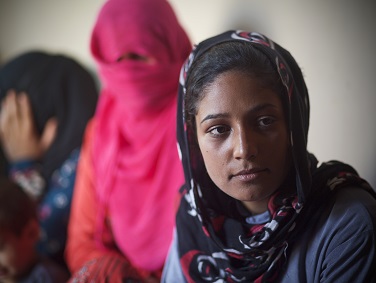
Annual Report 2016-2017
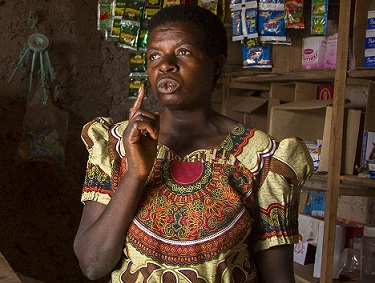
Semi-Annual Report Sept 2016
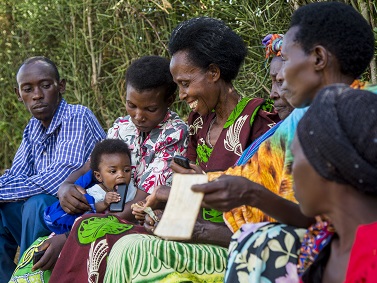
Annual Report 2015-2016
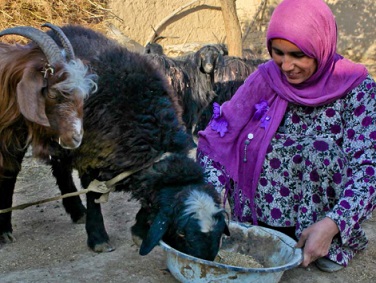
Semi-Annual Report Sept 2015

Annual Report 2014-2015
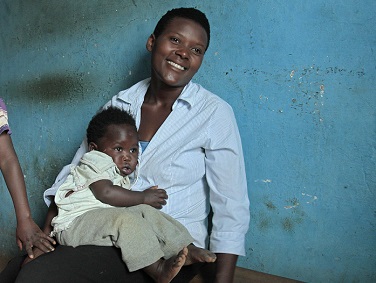
Semi-Annual Report Sept 2014
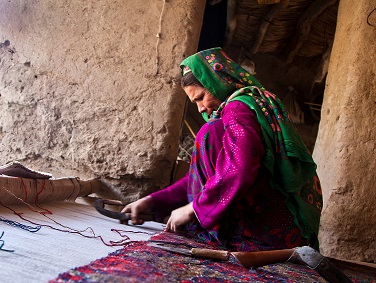
Annual Report 2013-2014
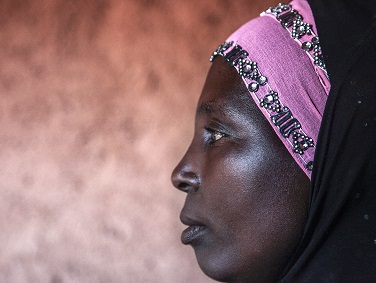
Semi-Annual Report March 2014
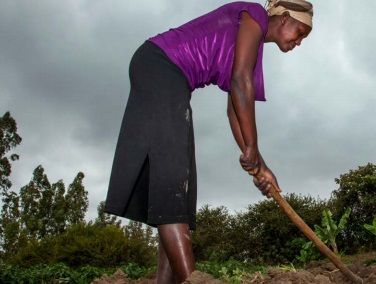
Semi-Annual Report Sept 2013
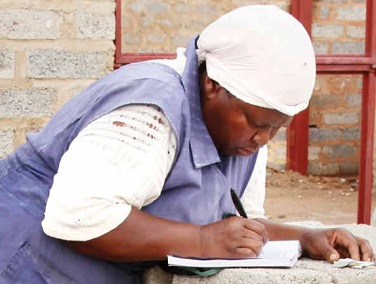
Annual Report 2012-2013
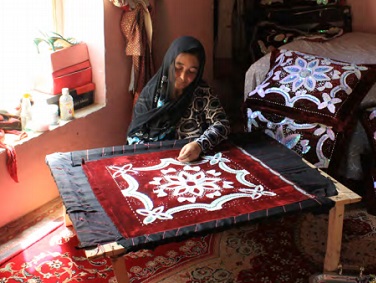
Semi-Annual Report March 2013
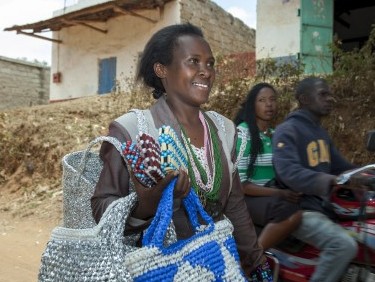
Semi-Annual Report Sept 2012
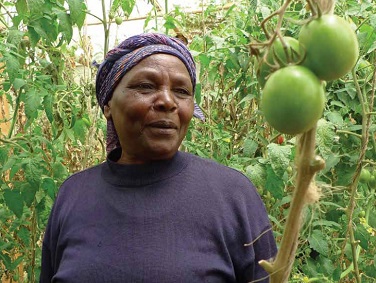
Annual Report 2011-2012
